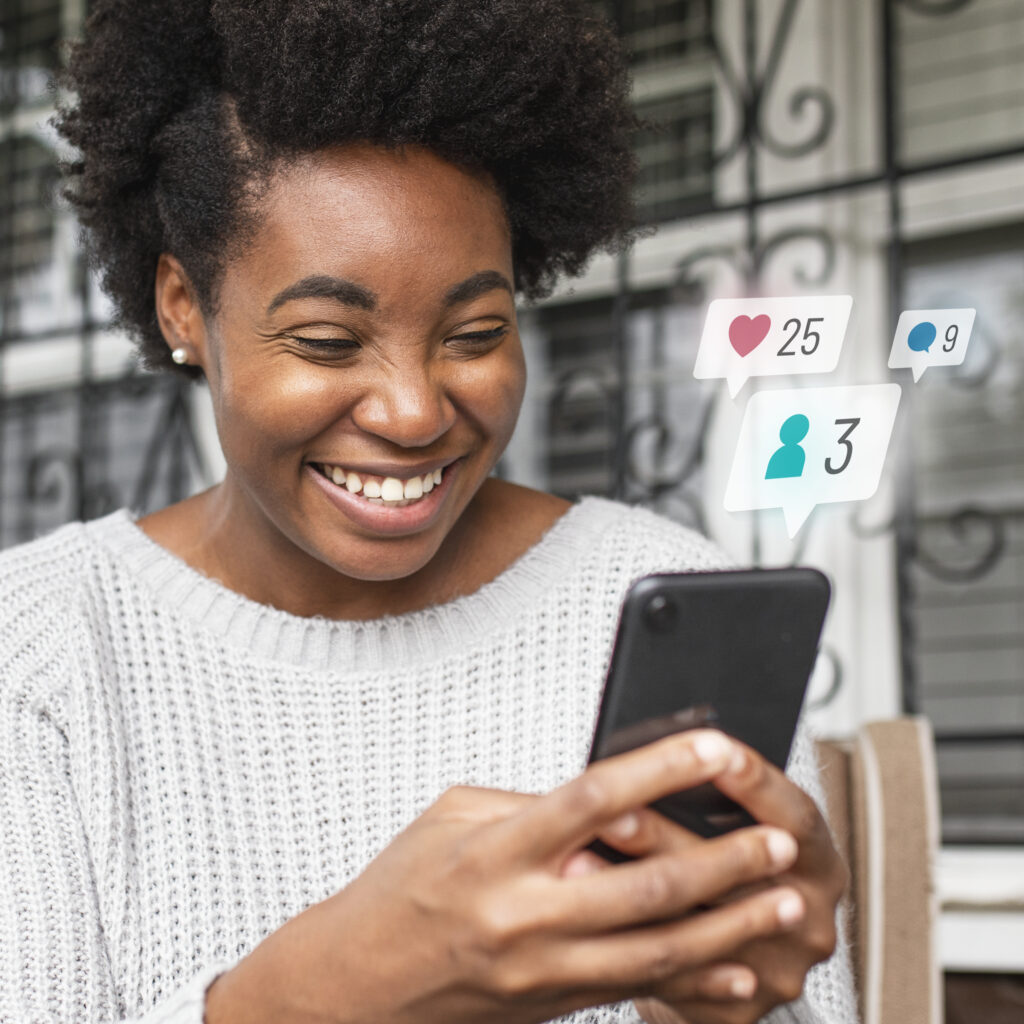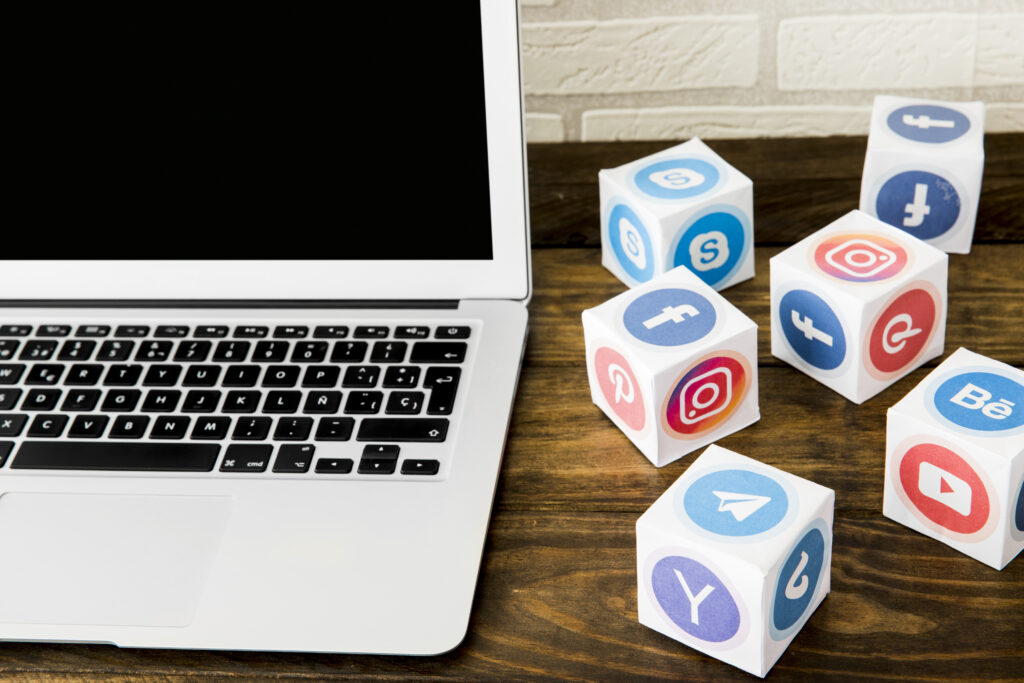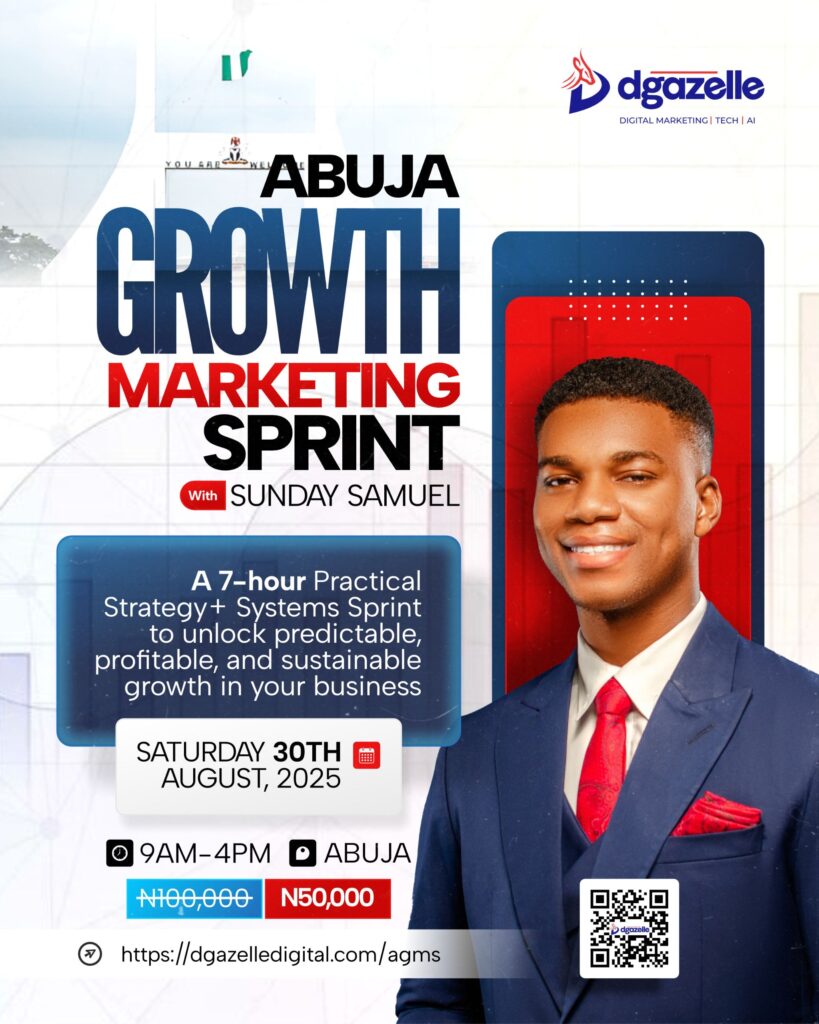Digital advertising has become one of the most effective ways to rapidly grow a business. If you want to reach new audiences, drive targeted traffic to your website, or promote your products and services without the long wait of SEO, running online ads can be a game-changer. But how do you ensure your campaigns are effective and don’t waste money?
This guide breaks down how to run high-performing digital ad campaigns across platforms like Google, Facebook, and Instagram, no fluff, just proven insights.
What Are Online Ads and Why Are They Important?
Online advertising refers to placing promotional content on digital platforms to reach potential customers. These include:
- Search engine ads (like Google Ads)
- Social media ads (on platforms such as Facebook, Instagram, TikTok)
- Video ads (like YouTube pre-rolls)
Unlike organic marketing, these campaigns offer instant visibility, allowing brands to target specific audiences and track results in real time.
Some benefits of digital advertising:
- Fast lead generation
- Increased brand exposure
- Immediate traffic to your website or product page
- Scalable results with the right strategy

…paid ads are your shortcut to faster ROI (return on investment).
And when done with the right strategy, they don’t have to be expensive. It’s about working smarter, not just spending more.
Why Ad Campaigns Often Underperform
Many businesses struggle with digital ads because they:
- Skip the research phase
- Target the wrong audience
- Use poor creatives
- Lack proper tracking or testing
Without a clear strategy, it’s easy to spend heavily without seeing a return. Avoiding these mistakes is key to building successful, scalable advertising campaigns.
Proven Strategies for High-Performing Digital Ad Campaigns
Here’s how to structure an online advertising campaign that gets results:
1. Start With Market Research
Before creating ads, understand your audience. What are their needs, habits, and pain points? Tools like Google Trends, Google Keyword Planner, Meta Audience Insights, and Ubersuggest can help uncover key behaviours and opportunities.
2. Craft High-Quality Ad Creatives
Visuals and copy make or break your campaign. Focus on:
- Eye-catching images or video content
- Clear, benefit-driven messaging
- Emotional or curiosity-led headlines
For example, instead of saying “Buy our skincare kit,” use “Struggling with acne? Get visible results in just 7 days.”
3. Use Targeting Wisely
On platforms like Meta Ads Manager or Google Ads, you can target users based on:
- Interests and behaviours
- Search intent
- Demographics
- Location
- Custom and lookalike audiences
Proper targeting ensures your ads are seen by people most likely to take action.
4. Test and Optimize Frequently
A/B testing helps identify what works. Test different headlines, formats, images, and calls-to-action. Monitor performance with tools like Google Analytics, Facebook Pixel, or Hotjar to understand where to optimize.
Focus on metrics like:
- Click-through rate (CTR)
- Cost per click (CPC)
- Conversion rate
- Return on ad spend (ROAS)
Want to learn more about optimizing Facebook campaigns? Check out Meta Blueprint.
5. Set a Smart Budget
You don’t need to spend big to get results. Begin with a manageable daily budget and increase it based on performance. Focus spending on high-performing ad sets and pause what’s underperforming.
6. Use Retargeting
Only 2% of people convert on the first visit. Use retargeting ads to bring back visitors who didn’t take action the first time. This tactic is especially effective with abandoned cart campaigns, event reminders, or lead magnets.
Top Platforms for Digital Advertising

Image Source: Freepik
Here’s a quick overview of where to run your campaigns:
- Google Search & Display – Great for high-intent users actively searching for solutions.
- Facebook & Instagram – Ideal for brand storytelling, lead generation, and visual product promotion.
- TikTok – Perfect for viral, Gen Z-focused content with strong entertainment value.
- YouTube – Strong platform for product demos, tutorials, and remarketing.
Common Myths About Online Advertising (Debunked)
“Paid ads are too expensive.”
Not true. When done right, even small budgets can bring great results.
“I tried it once and it didn’t work.”
Most likely, the strategy was off. It’s not about luck. It’s about testing and optimization.
“My business isn’t big enough for ads.”
Paid ads work for any size. Whether you’re selling a product, offering a service, or launching a course, paid ads can help you reach the right people.
“Just boosting a post is enough.”
Boosting is not the same as a full ad campaign with strategy and tracking.
Combining Organic Marketing With Paid Ads
Paid campaigns bring immediate traffic, while SEO and content marketing build long-term trust and authority. When used together:
- You generate quick results from paid ads
- You build credibility and ranking over time with SEO
- You maintain top-of-mind awareness with retargeting and email nurturing
Think of SEO as the long game, and paid ads as your shortcut. Together, they create a full-funnel strategy that brings in traffic, nurtures leads, and drives conversions.
Want Expert Help With Your Ad Campaigns?
Running successful ad campaigns takes expertise, data, and continuous improvement. If you want to skip the guesswork and get real results, the team at Dgazelle Digital Agency can help.
👉 Book a Free Paid Ads Strategy Session to start growing your business with smart advertising.






